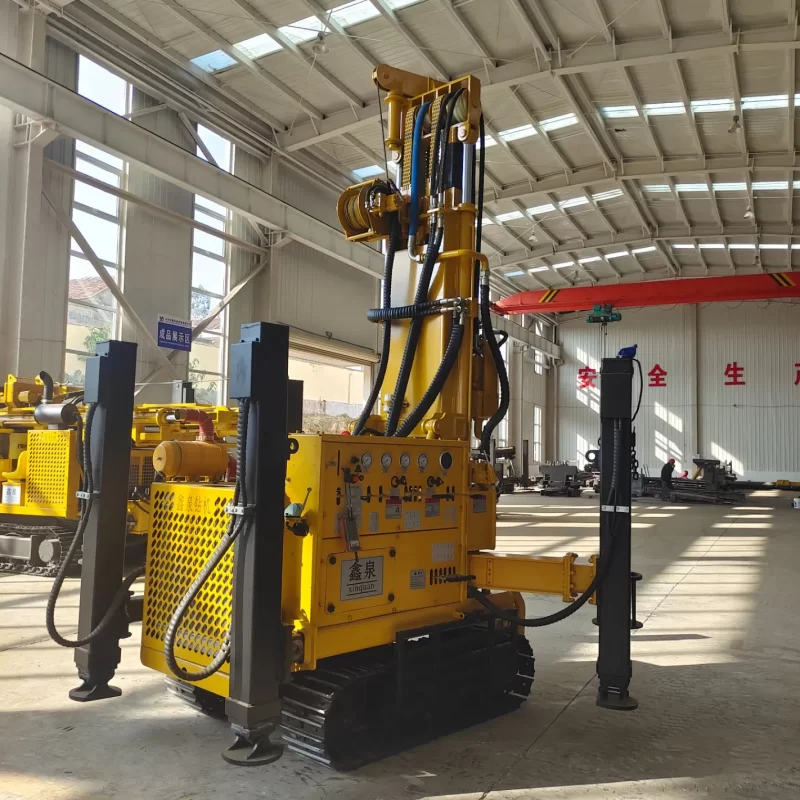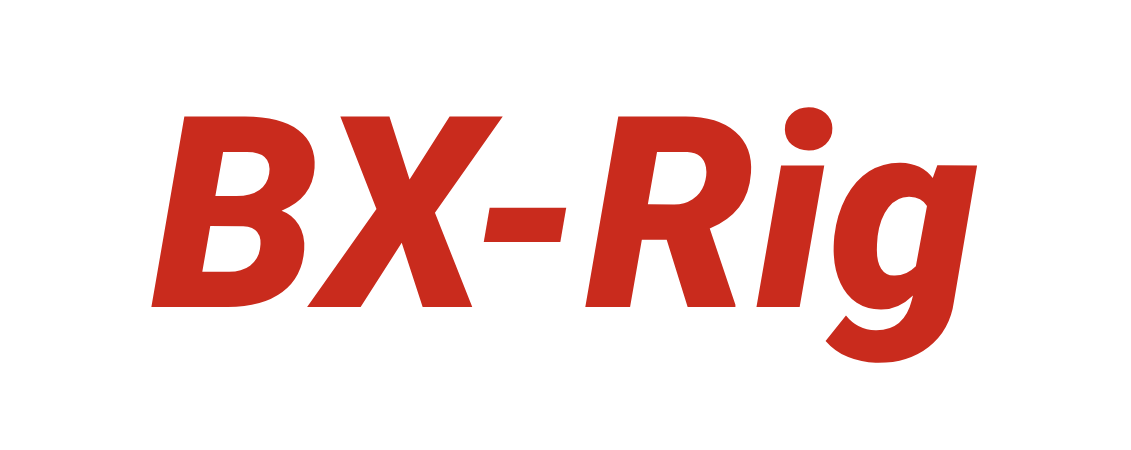Hydraulic system commissioning: The key to enhancing the depth and efficiency of water well drilling rig
The hydraulic system of a Plate-forme de forage de puits d’eau is like the human circulatory system, supplying power to all components and ensuring normal operation. When the rig fails to reach sufficient depth or shows low efficiency, debugging and optimizing the hydraulic system is crucial.

First, check the quality and quantity of hydraulic oil. Hydraulic oil is the “blood” of the hydraulic system. If it is severely contaminated or has too high viscosity, the efficiency of the hydraulic pump will decrease, affecting the rig’s power output. Regularly replacing hydraulic oil with the specified grade and keeping it clean can effectively enhance the hydraulic system’s performance. Meanwhile, ensure the hydraulic oil level is appropriate—insufficient oil can cause cavitation in the system, reducing pressure and thus affecting the rig’s drilling capacity.
Prochain, adjust the pressure and flow of the hydraulic system. Different drilling conditions require different pressures and flows. In harder geological layers, appropriately increasing the hydraulic system’s pressure can enhance the bit’s crushing ability. In soft formations, reasonably adjusting the flow ensures cuttings are discharged in time to avoid blockages. By adjusting hydraulic valves to precisely control pressure and flow, the rig can perform optimally under various geological conditions.
Additionally, inspect hydraulic pipelines and joints for leaks. Even minor leaks can cause pressure drops in the hydraulic system over time, affecting the rig’s efficiency. Once a leak is found, replace seals or repair pipelines promptly to ensure the hydraulic system’s tightness. A comprehensive and meticulous debugging of the hydraulic system can provide strong power support for the water well drilling rig to increase depth and efficiency.
 Foreuse Bangxin
Foreuse Bangxin